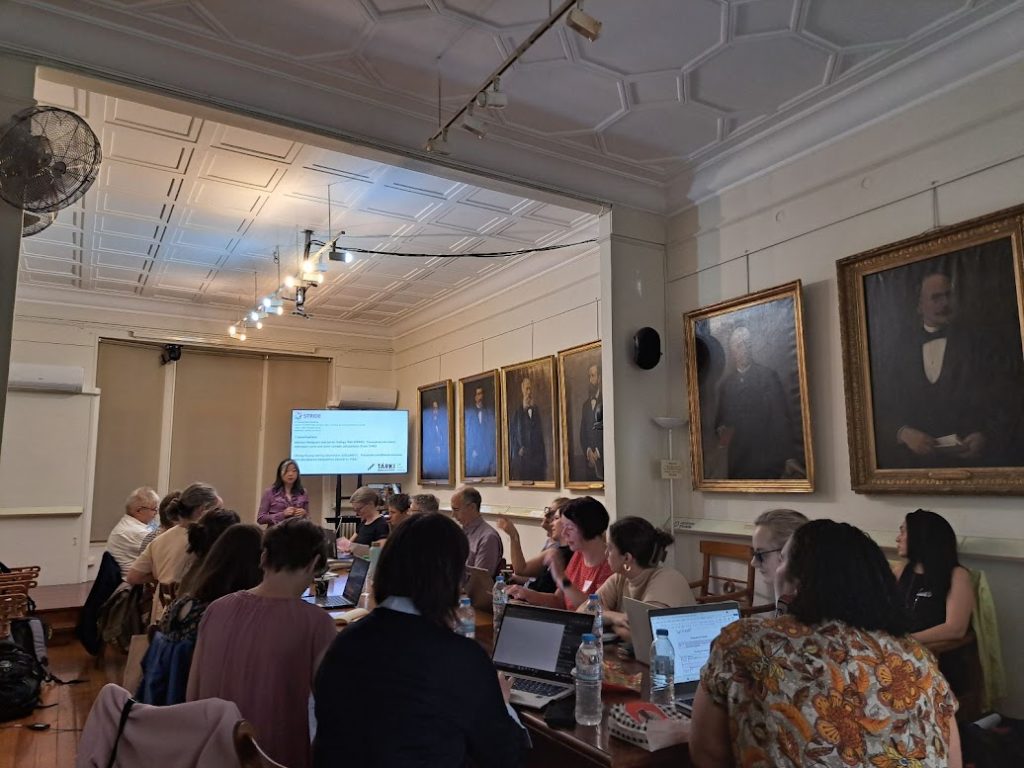We’re eager to present our first major outcome: our brand-new Policy Brief. It is an evidence-informed resource designed to inform policymakers, education leaders and stakeholders alike about the best ways to reduce inequalities in European education systems.
As interdisciplinary research is one of STRIDE’s core strengths — encompassing approaches such as policy analysis, stakeholder interviews, and longitudinal data mapping — the brief reflects this diversity and provides clear, actionable recommendations for fostering equity, inclusion and resilience in education across Europe.
The main audiences we intended the Policy Brief for are:
- National and regional education policymakers
- Civil society educators seeking evidence-based guidance for reforms
- European organisations that translate data into policy
In this way, the Policy Brief continues STRIDE’s commitment to translating research into policy influence.
Inside the Policy Brief, you will find preliminary research findings from the STRIDE team, including:
- A cross-national analysis of educational reforms targeting access, inclusion and equality
- A focus on compulsory education, early childhood, VET, and lifelong learning
- Particular attention to reforms addressing the needs of migrants, Roma communities, and SEN students
- Reflections on the evaluation gaps affecting the measurement of long-term impact
The methodology involved reviewing over 400 reforms across 29 countries between 1999 and 2024. From this review, we can highlight several key findings:
- The expansion of pre-primary and primary education in many countries has not eliminated systemic inequalities
- Targeted reforms most often included teacher development, inclusive curricula, and improved digital access
- Despite variations between countries, most reforms combined universal and targeted measures
- There is a clear need for improved monitoring systems, as over 60% of reforms lacked evaluation data
This, and much more relevant information, can be found in the Policy Brief, which is now publicly available on our website. You can explore it under the Publications tab or access it directly via this link.












